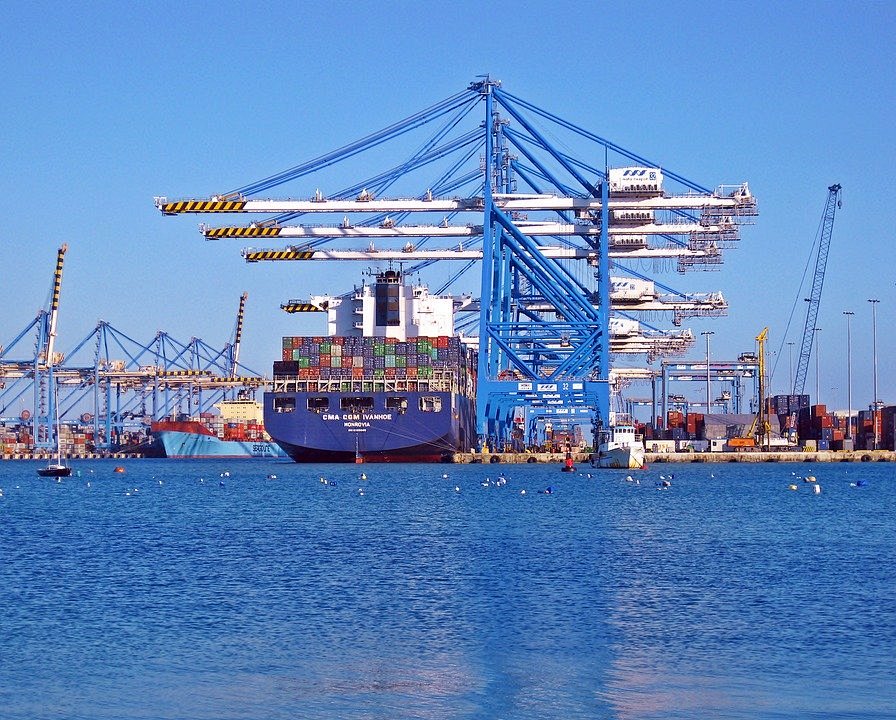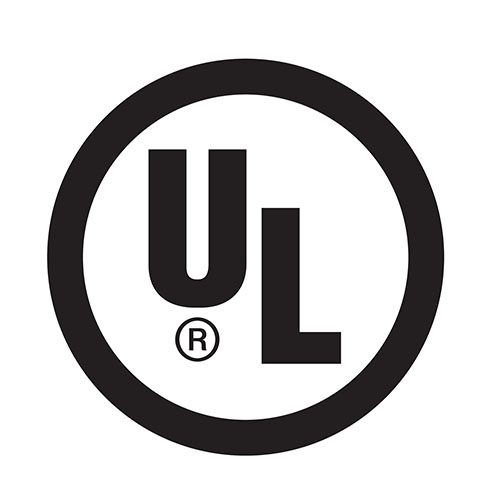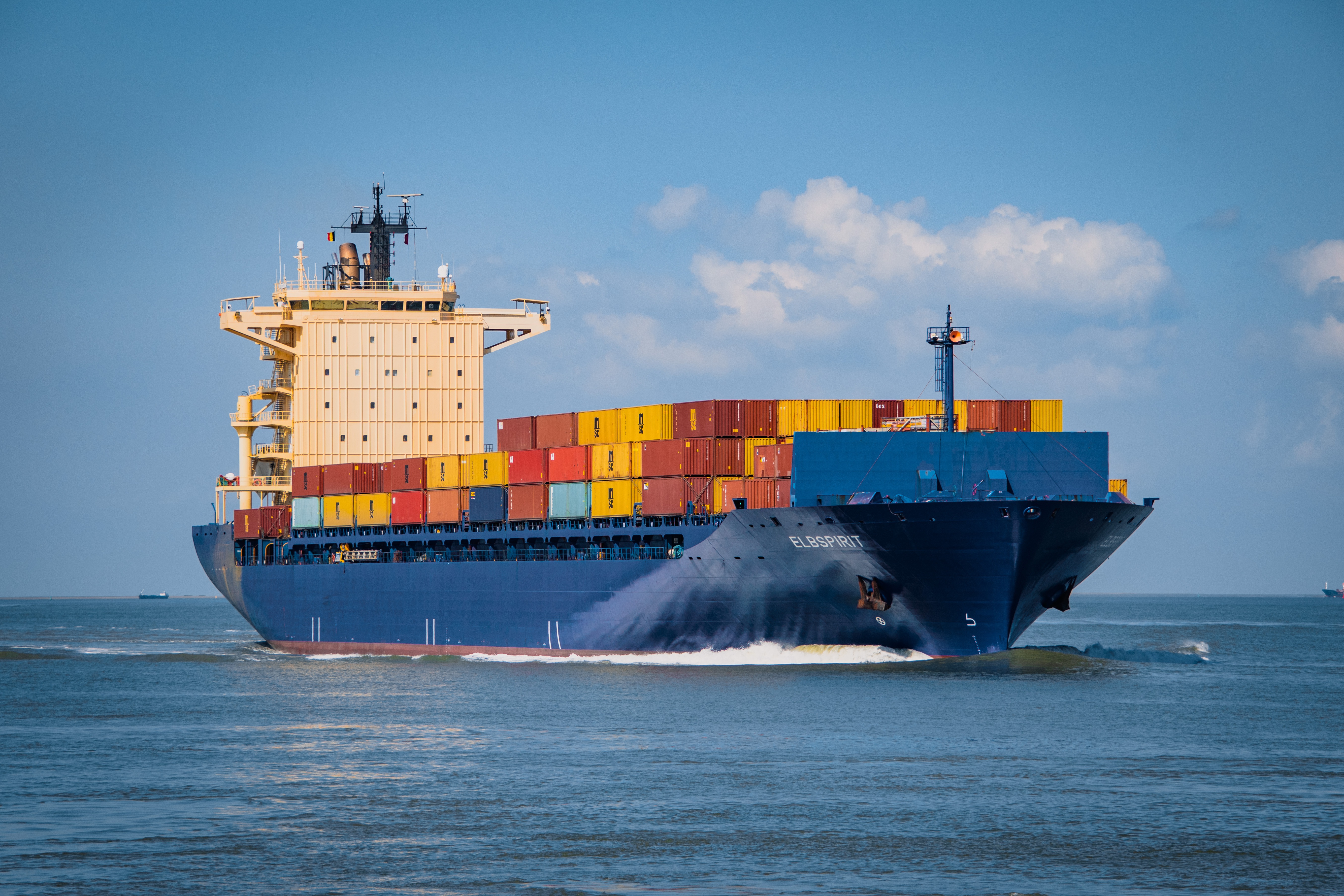Handling customs clearance procedures for international logistics is a necessary step to ensure that goods enter or leave a country legally. The following is the detailed process for handling international logistics customs clearance procedures:
1. Prepare the required documents
Before handling customs clearance procedures, it is necessary to prepare and verify all necessary documents. These files include:
Commercial Invoice
Packing List
Bill of Lading (B/L) or Air Waybill (AWB)
Certificate of Origin
Customs declaration authorization letter
import and export license
Insurance Policy
Other documents
2. Choose the customs declaration method
Self declaration: Enterprises can handle customs declaration on their own, but they need to be familiar with relevant customs regulations and procedures.
Entrusting a customs broker: Many companies choose to entrust professional customs brokers to handle customs clearance procedures, which can improve efficiency and reduce errors.
3. Declaration of goods
Fill out the customs declaration form
Electronic declaration
4. Submit customs declaration documents
Submit the prepared documents (commercial invoice, packing list, bill of lading, certificate of origin, etc.) to customs. Usually, these documents need to be submitted immediately before or after the goods arrive at the port.
5. Customs review
Customs preliminary review
Goods inspection
6. Tax calculation and payment
Calculate tariffs and taxes
Pay taxes and fees
7. Customs release
Obtain release order: After all documents have been reviewed, taxes have been paid, and the goods have been inspected (if any), the customs will issue a release order.
Goods release: With the release order, goods can be extracted from the customs supervision area, enter the domestic market, or undergo further domestic logistics distribution.
8. Delivery and subsequent management
Delivery: Arrange delivery and transport the goods to the final destination based on the bill of lading and release note.
File archiving: Save all customs declaration documents and receipts for future inspection or audit purposes.
9. Common precautions
Accurate declaration: Ensure that the information declared for the goods is accurate and precise, especially the value and quantity of the goods, to avoid delays and fines.
Compliance operation: Comply with the import regulations and customs requirements of the destination country to avoid violating laws and regulations.
Timely processing: After the goods arrive at the port, handle the customs clearance procedures as soon as possible to reduce storage costs and port detention risks.

Through the above steps, enterprises can smoothly handle the customs clearance procedures for international logistics.
It is recommended to rely on professional customs brokers or freight forwarding companies to assist in practical operations, to ensure smooth and compliant processes, and to reduce risks and time delays during customs clearance.










